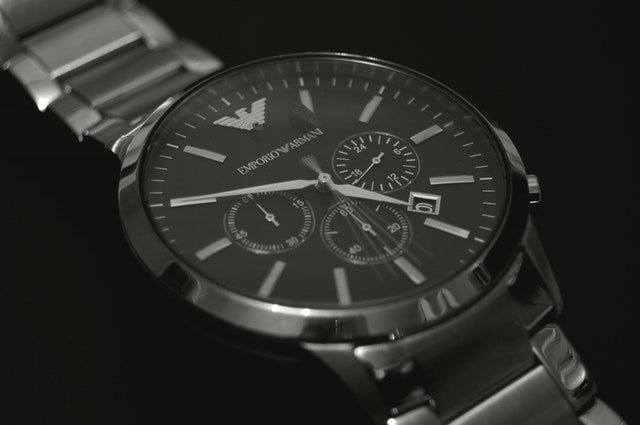The analogue clock is one on which hands and sometimes numbers are visible. Often the children learn to practise with an analogue clock first. Usually you see numbers from 1 to 12 that indicate the hours of the time. Next to that you sometimes see 60 dots that indicate the time to the minute. Also you have the seconds hand that moves continuously over the object so that you can read the number of seconds. However, in reality the seconds are rarely looked at. Reading or watching the clock is seen at primary school as an object of arithmetic.
Where can you get these?
You can buy an analogue clock in many places. Most people order the clock online in for example a webshop. But you can also buy them at price discounters or multimedia shops. There are special clocks for children where they can easily learn the time. There are also unique clocks that reflect a certain brand or design. The standard wall clock is usually bought while shopping in town. Most households have one or more of these clocks on the wall. It is also the same internationally to read. A difference in time zones does not have to be restrictive because you can read the time from the position of the hands.
Practicing with an Analog Clock
Children often learn to read time on an analogue clock at primary school or childcare facilities. This is made up of hands and numbers. In most cases, they start by learning to read the number of hours. The easiest way is to have a clock with a number for each hour. It's also handy if there's a number every 5 minutes so that everyone can learn at their own pace. Most people choose a clock with only numbers at the hour at later times. It's also possible nowadays to buy a clock that only has hands and no numbers. It's important to be able to tell what time it is by looking at the hands.
The advantages of an Analogue clock
For most people, an analogue clock is easier to understand than the digital version. This is especially true for people with dyscalculia, who have difficulty understanding numbers. They can tell what time it is by the position of the hands. To keep things less confusing, more and more people are opting for a clock without a seconds hand. You often learn how to read a clock at primary school by means of a mathematical method. This ensures that you can still do this at a later age. There are also people who claim that reading an analogue time is easier than looking at a digital clock. Often you have to make more effort or think.
What variants are available?
There are different models of analogue clocks available. Most people choose a clock with hands where the hours are indicated. This can be in numbers, but sometimes also in roman numerals. According to some, the Roman numerals give the clock some extra character. There are also variants where there is a smaller hand so that you can see the seconds. There are also more and more innovative new inventions that give the clock a unique character. There are clocks that have no numbers and only hands. You can hang these on the wall without it drawing too much attention in the room.

